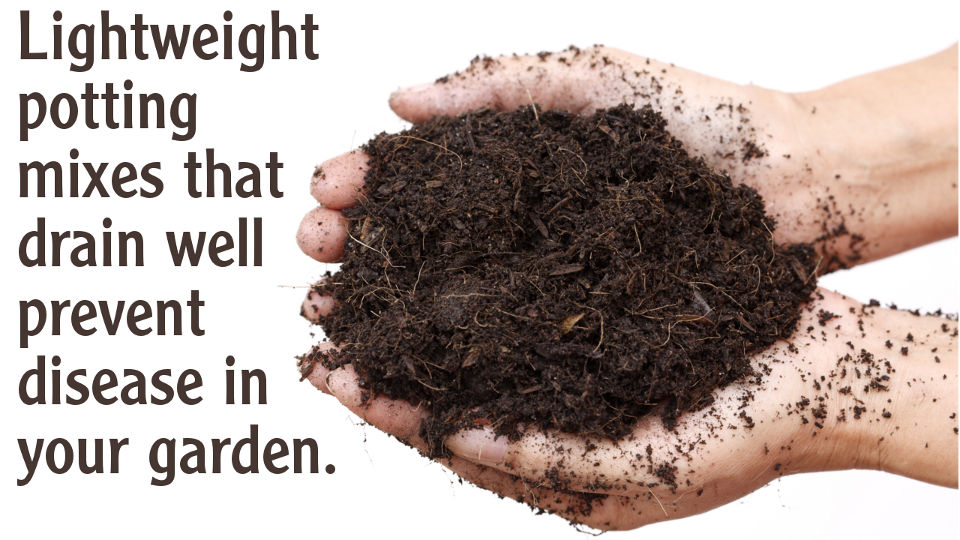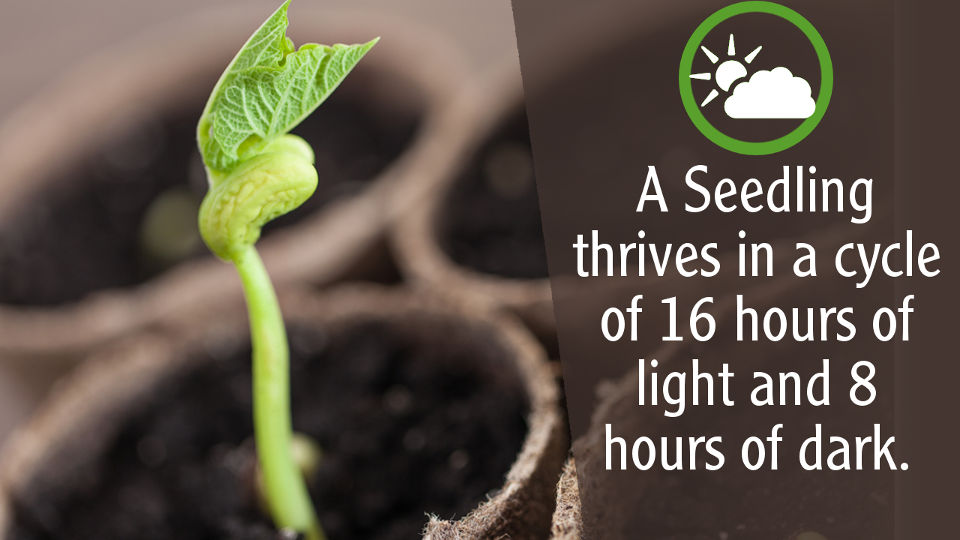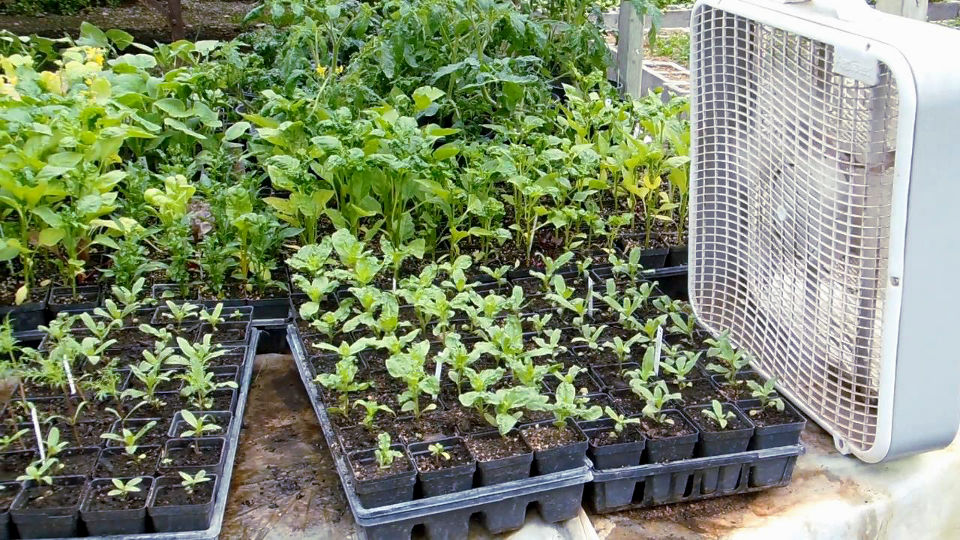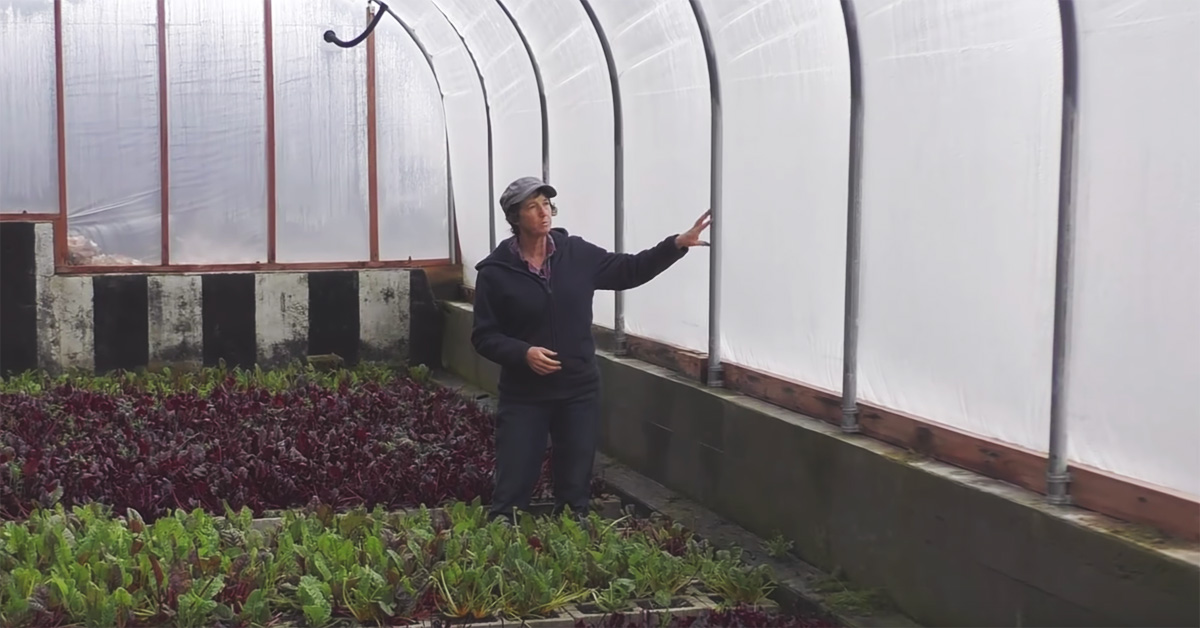There are four methods that prevent leggy seedlings. The timing, potting soil mixture, amount of light and windy conditions will keep your seedlings healthy and stocky. I’m sure you have longed to start a special variety of plant or save money by starting your own seedlings. It is difficult when the seedlings we take such careful care of become too leggy before we can transplant them or they are stunted and die. In this High Performance Garden Training Video we will discuss the four methods to preventing leggy seedlings in your garden!
Timing
The first of the four methods that will keep your seedlings from becoming leggy is proper timing. When you start your seedlings off at the correct time they will not stay in your pots longer than necessary. You should base all of your plant start dates by your last frost date. Knowing the when to start will insure your seedlings success. Here is an easy to access chart to know when you should start your seedlings. (Don’t know your frost dates? Read our article about Planting Zones to find out when to plant in your area)
| Start 8 Weeks Before Your Last Frost Date | Start 4 Weeks Before Your Last Frost Date | Start 3 Weeks Before Your Last Frost Date |
|---|---|---|
| Tomatoes | Lettuce | Winter Squash |
| Peppers | Cabbage | Cucumbers |
| Eggplant | Broccoli | Melons |
| Artichokes | Cauliflower | Summer Squash |
| Onions | Brussels Sprouts | Pumpkins |
| Leeks | Kale | Beets |
| Shallots | Spinach | |
| Celery |
Preventing Disease
Now that your seedlings are off to the properly timed beginning you will need to perform some simple disease preventions. Plants that are grown in the house are susceptible to damping off. This is a disease that causes the plants to rot off right where the plant emerges from the soil. The best way to prevent this is to have a light weight potting mix that drains well. When you use the soil from your backyard it can be hard on the seedlings. This soil won’t drain as well and is generally a poor quality soil. You can get the family secret seedling soil recipe from our blog post Starting Seeds Indoors. Keeping the top layer of soil surrounding your seedlings once they have sprouted and giving each plant plenty of space are the best ways to avoid damping off.
Light
Insufficient amounts of light are the main cause for seedlings to become leggy. If a seedling doesn’t have enough light it will often stretch for it. The first act of prevention is keeping your seedlings spaced apart. You want enough room between the plants that they cannot touch each other. You can do this by planting them in pots and then keep moving the pots further apart as the plants grow. Insuring the proper amount of light is key in preventing leggy seedlings. A seedling wants a cycle of 16 hours of light a day and 8 hours of dark. The 8 hours of dark is important to the development of the plant. So make sure you don’t leave the light on! If a seedling does not get 16 hours of intense light it will stretch and grow towards the light source. Providing a supplemental light source besides sunlight is the best method of preventing leggy seedlings. On the Farm and for our home gardens we use T5 grow lights. You can use regular florescent lights but they are not always bright enough. Make sure your lights are 3 inches above your seedlings. Then set a timer for 16 hours to give your plants the light they need. A grow light is not very expensive and you will make back what you would have spent in seedlings in your first year.

If you don’t have lights you can use this trick to boost the light levels your plants receive. Place your plants in a sunny window and place a white reflector behind your seedlings. I don’t recommend using aluminum foil as you run the risk of cooking the plants. The white reflector will reflect the light to the backside of your plants that are not facing the window. This will help your plants to grow straight and stocky. Another method for keeping your seedlings growing straight is to turn them everyday.
Wind
Any plant that is growing in windy conditions will grow extra strong stalks to hold up against the breeze. Placing a fan near your seedlings to blow them around a bit everyday will create healthy stocky plants. An organic grower in my area blasts his seedlings with water everyday until they bend over. The effort of the plants to straighten everyday creates stocky stalks. I wouldn’t recommend either of these methods until your plants are a few inches tall. Then begin gently and work your way up to more force as the plants grow older.

These four methods will prevent leggy seedlings in your garden. If you want to discover some of the science behind why your seedlings become leggy read this blog post featuring Dr. Thomas Nils Erik Bjorkman, Associate Professor of Crop Physiology at Cornell. He explains why your seedlings become leggy in great detail making it a fun read.
How are you preventing leggy seedlings in your garden and helping struggling gardeners this spring? I would love to hear your garden stories. Let’s share the joys of high performance gardening!
Until next time,
Lynn Gillespie
Email Lynn your questions or suggestions about preventing leggy seedlings.
Back to the HPG Community Posts









I really enjoyed this video and look forward next year to start my own seedlings
Hi NickAs usual, thanks for all the info and links. Weather here has taken a real dotruwnn and I have had to strip most of the leaves off plants in greenhouse just to get maximum light at them and reduce dampness. Annoying when they all looked green and healthy but I suppose needs must. On a lighter note I remember watching an old film called Fried Green Tomatoes at the Whistle Stop Cafe and thinking hope they give us the recipe . So you have succeeded where Hollywood failed! Am definitely going to save some Glacier seeds as they have been extremely good. Wish I had thought of growing on the Aegis (grafting failed) plant to save some of its seeds as I might have another go next year. One thing about we gardeners I think is that we are eternal optimists.
Hi Diane,I had the same problem last seaosn, so this seaosn I pick them before they become very ripe. It’s always difficult to tell when black tomatoes are ripe. I also tried growing Chocolate Cherry which are similar to BC but supposed to be crack resistant I found they aren’t crack resistant after all and not as prolific as BC.Sungold is also a variety that sometimes split but much easier to tell when they are ripe. I think lower temperatures at night could cause weak skins to contract and split maybe?Regards,Nick